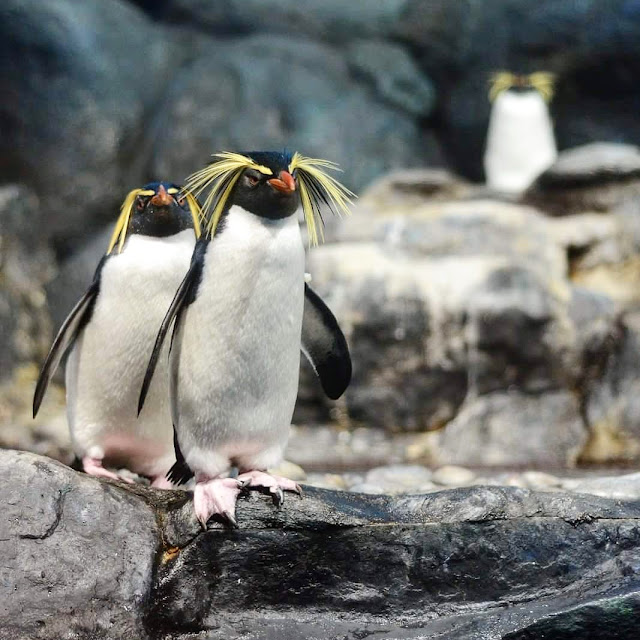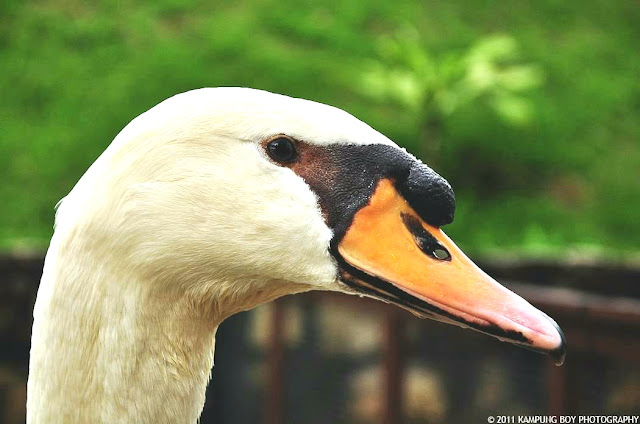Alpaca

Photo by Fadzil Hisham Alpacas are prized as pets and cattle around the world. They are adorable, docile and soft, and there are no wild alpacas. Alpacas are related to llamas, living high in the Andes in South America. llamas are used as pack animals, while alpacas are raised mainly for their soft wool. However, alpacas are very adaptable and have been exported to New Zealand, Australia and the Netherlands, so their "habitat" is often the farmland. Alpacas are very social creatures. They are gentle and curious and with training can become great pets. Alpacas spit when they are distressed or feel threatened. They won't spit at people or bite unless they have been abused. As herbivores, alpacas only eat vegetation. They eat mostly grass, but their diets can also include leaves wood, bark or stems. Football | Rugby | Golf | Motorsports





